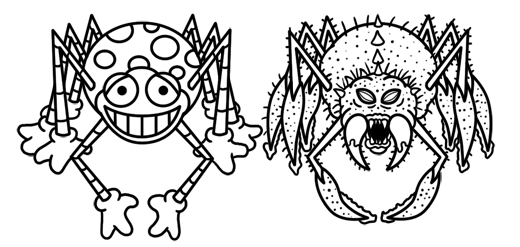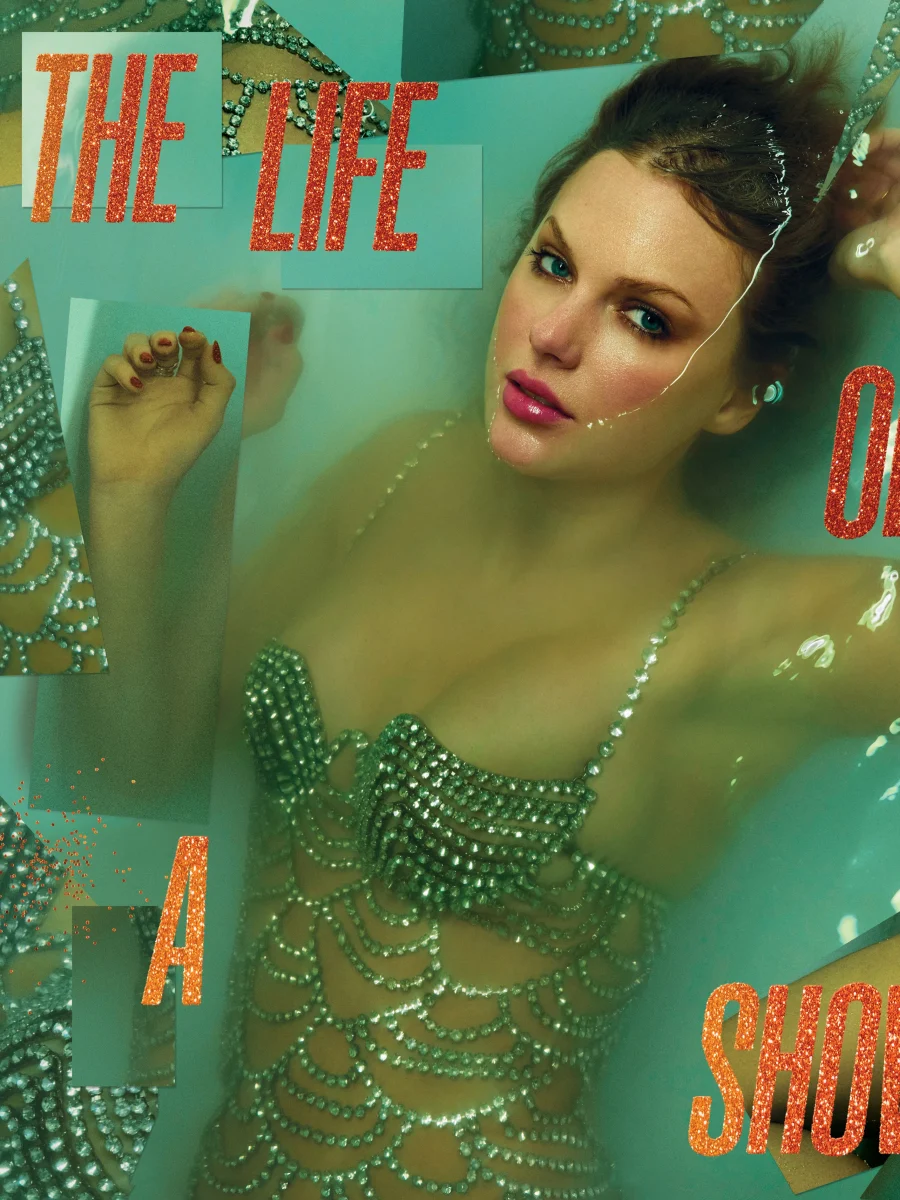Faux real faux-bias
How irrational fears are taking over our society

November 21, 2014
Breaking news! Faux-bias are taking over the nation as we speak. From Fear-bola, anarchno-bia, to bee-fauxbia, it is believed that 308,000 Americans are suffering from faux-bias today. These irrational fears have grown tremendously since Fear-bola has taken over.
Faux-bias are caused by the amygdala area of the brain, which understandably also affects the processing, decision making, and emotional responses.
Symptoms of those suffer from general faux-bias include, rash decision making, frantic breathing, squealing, shaky knees, dry mouth, goose bumps, scrambling away and more. Do not confuse these symptoms from the same symptoms experienced when watching a horror movie.
Faux-bias can affect people of all ages; the surprisingly most effected are adults, who experience childlike symptoms when they confront a spider. Some studies show faux-bias are slowly transforming us back into our childhood selves and revisiting this time causes even more distress, bad memories and fear.
Currently, Fear-bola, fear of Ebola spreading and fear of catching the disease, is most prevalent faux-bia in our nation. According to Washington Post, a poll recently showed two-thirds of Americans fear the widespread Ebola epidemic.
Fear-bola is the most contagious currently and can mutate into many other fear diseases and rash decisions. These include, increased germa-fauxbia, canceled vacations and blurred perceptions of Ebola.
The one death in America from Ebola has sparked an outpour of worried individuals, all frantic of large likelihood they too will catch the disease.
If you suffer severe case of Fear-bola, experts suggest buying an inflatable suits and a fishbowl helmet (like in Suite Life of Zack and Cody) to keep out all germs as well as earplugs to stop from hearing any news and sleep masks to prevent from reading about Ebola.
Many other faux-bias are taking over every individual. A friend, who suffers from arachno-bia was recently sent to the hospital for slipping in the shower after she encountered her enemy, the spider, in her bathroom.
I myself suffer from trypophobia, for I am afraid of clusters of holes. If there’s a picture or object with many holes cut out, I freak out. When I searched up the name to this fear and found pictures on Google, I immediately experienced all the serious symptoms. I felt the deep shivers and all the aftermath shocks, I felt my dry tongue and I felt my knees tremble.
I know the holes are not out to get me and kill me, but inside, I can’t help but shiver at the sight and slam my eyes shut.
My tennis team has a severe case of bee-fauxbia (melliso-fauxbia). Worse case I’ve seen. A slight mention of a bee during practice can inhibit screams and flees. Some cases are so bad, players give up their points to escape this feared creature.
Faux-bias are truly getting out of hand; I knew I had to find help.
So I contacted the only best solution possible: The American Faux-bia Foundation (AFF) to find a solution to these devastating issues. Unfortunately, the members became so scared of the faux-bias complaints coming in, they had to shut the foundation shut down.
Guess the only way is to overcome our fears ourselves. I want to be the first to come with a permanent cure for these faux-bias, but if now, for now, only self-control over our own fears can be the solution.
Yes, we will always experience some faux-bias, some more serious than others.
Ebola will most likely not reach you, bees will not kill you (unless you’re allergic) and no holes can make me fall down.
Really, faux-bias aren’t out to get you and neither are the fears themselves. Nothing will harm you unless you take action and tell yourself you’ll be okay. Self-control seems to be the only cure to this day and may always be the one cure.







